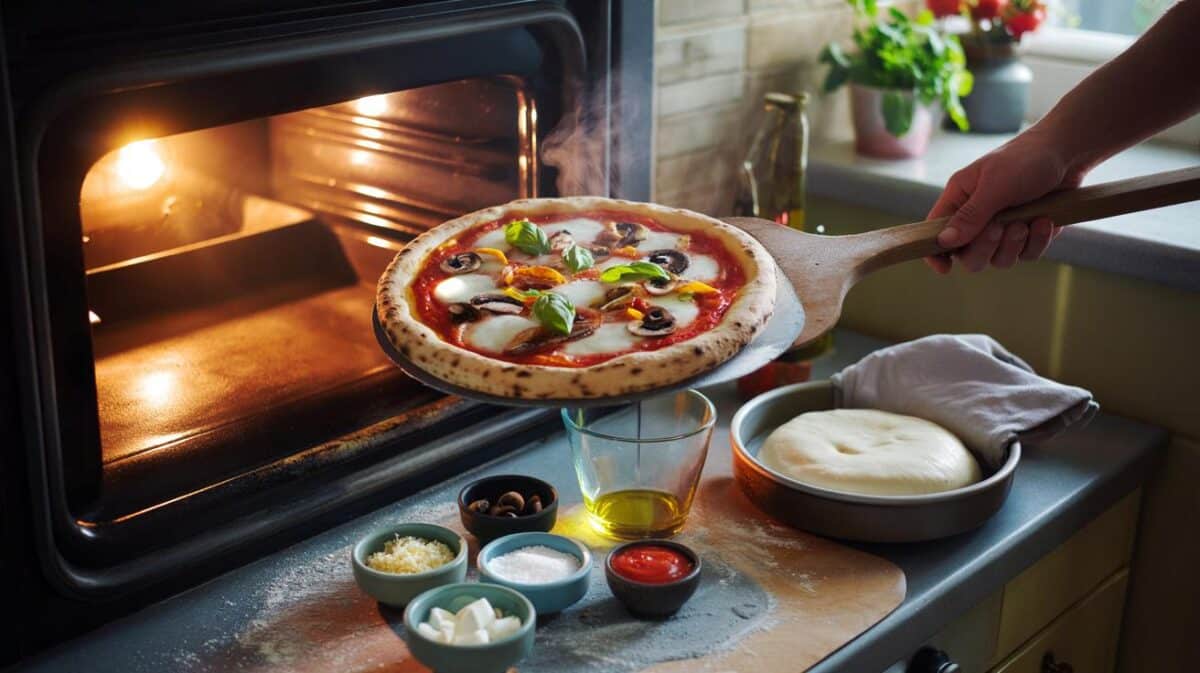A familiar French comfort returns with a darker, silkier, autumn-friendly edge.
Across dining tables this month, the old-school floating island is getting a bold rework: a chocolate custard base, cloud-light poached meringue and a glossy, bittersweet sauce. Alain Ducasse’s method steers the classic towards deeper cocoa flavours, yet remains friendly for home cooks with a steady pan and 30 calm minutes.
Why a classic gets the chocolate treatment
The floating island—poached meringue set on crème anglaise—feels tailor-made for cooler weather. Switch vanilla custard for a chocolate version, and you gain warmth, aroma and gentle bitterness that balances sugar. Ducasse’s approach leans on 70% dark chocolate for definition and a silky finish, then uses a short, controlled poach to keep the whites airy.
The charm lies in contrast: warm sauce, cool custard, and meringue so light it barely disturbs the spoon.
The method in brief
Custard with cocoa depth
Warm whole milk and double cream with split vanilla, whisk in yolks and sugar, then cook gently until it coats the back of a spoon. Pour over finely chopped dark chocolate and whisk smooth. Chill until lightly thickened for a clean set under the meringue.
Meringue without wobble
Beat egg whites with a pinch of salt until they form peaks, tighten with icing sugar, and shape into oval quenelles. Poach in just-simmering water for one minute per side so they set, then drain on a clean cloth to keep them feather-light.
Shiny sauce to finish
Heat cream to the boil, emulsify in stages with 70% chocolate, then whisk in cold butter for gloss. Keep the sauce warm to pour at the table.
Use 70% dark chocolate, poach for 1 minute on each side, and serve with the custard slightly cool.
What you’ll need at a glance
- For the chocolate custard: 500 ml whole milk, 250 ml double cream, 4 egg yolks, 90 g caster sugar, 180 g 70% dark chocolate, 1 vanilla pod.
- For the meringue: 4 egg whites, 40 g icing sugar, a pinch of fine salt.
- For the warm sauce: 100 g 70% dark chocolate, 150 ml double cream, 30 g unsalted butter.
Key numbers to keep you on track
| Cocoa percentage | 70% |
| Poaching time | 1 minute per side |
| Custard doneness | Nappe stage, about 82–84°C |
| Chilling time | 20–60 minutes |
| Serves | 4–6 people |
How it tastes when it’s right
Good chocolate custard should feel smooth, not heavy. The vanilla rounds the edges of the cocoa, while milk and cream carry a gentle sweetness. The poached whites bring lift and a clean finish, so each spoonful moves from bitter to sweet to airy. The warm sauce—silky and slightly thicker than cream—ties everything together.
Home-kitchen guidance from the chef’s playbook
Pick a chocolate with character
Choose a 70% bar with clear origin notes if you can; cacao with nutty or citrus accents adds definition without extra sugar. Chop it finely to help it melt evenly into the custard and the finishing sauce.
Keep the poach gentle
Simmer, don’t boil. Vigorous bubbles will dent the meringue. Use a wide pan so you can turn each quenelle without crowding. The icing sugar stabilises the foam, so you keep volume in the heat.
Serve at contrasting temperatures
Take the custard out of the fridge 10 minutes before plating. Drop on the warm meringue, then finish with hot sauce. That warm–cool interplay brightens the cocoa and makes the texture dance.
Plating ideas that lift the dish
Texture boosts
A few toasted hazelnuts or pistachios bring crunch. Orange zest gives perfume. Thin shards of dark chocolate add snap against the soft meringue.
Visual cues
Use wide white bowls to frame the custard. One generous quenelle looks elegant, two reads family-style. A dusting of cocoa or a light snowfall of icing sugar signals what’s to come without hiding the shine.
Make-ahead, storage and service
Prepare the custard a day early, then press film directly on its surface to prevent a skin. Poach the meringue just before serving; it holds for a short spell, but fresh poaching keeps the bite soft and clean. Warm the sauce at the end and whisk briefly to restore gloss.
For readers who like to tweak
Dial the sweetness
If you prefer a darker profile, reduce the sugar in the custard by 10–15 g and keep the 70% chocolate. For younger palates, use a 64–66% bar for the sauce while keeping the custard at 70% to avoid a flat finish.
Allergy and equipment swaps
No vanilla pod? Add a small pinch of fine sea salt to the custard to underline the chocolate. No thermometer? Drag a finger along the back of a custard-coated spoon; if the trail stays clean, you’re there.
What sets this version apart right now
Many puddings lean heavy in late autumn. This one stays light, cuts cleanly, and still brings the depth people ask for when the weather drops. It feels celebratory without fuss, and the steps reward accuracy rather than advanced skill. That makes it ideal for a weeknight showpiece or a weekend centrepiece.
Useful extras for better results at home
Think about pairing: a short espresso, a dark porter, or a small glass of tawny-style fortified wine lifts the cocoa and resets the palate. Leftover egg whites or yolks rarely line up; this recipe uses both. If you have spares, whisk whites with sugar and bake low for meringue kisses, or turn extra yolks into breakfast custard for French toast.
Watch for common pitfalls: scrambling comes from heat that climbs too fast, grainy sauce from chocolate added all at once, and rubbery meringue from a rolling boil. Keep the heat gentle, add liquids in stages, and time the poach. Follow those three checks, and you’ll serve a dessert that tastes restaurant-ready while still feeling cosy and personal at the table.








